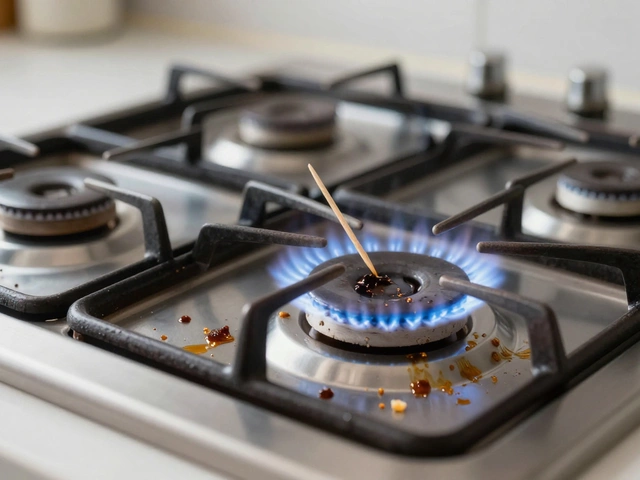Extractor Fan Stopped? Get It Working Again Fast
If your bathroom or kitchen extractor fan has gone silent, you’re probably wondering what went wrong and how to fix it without breaking the bank. Most fans stop because of simple issues that you can test yourself. Below we’ll walk through the common reasons, quick checks you can do, and the signs that it’s time to call a qualified repair tech.
Why Your Extractor Fan Might Have Stopped
First, think about what the fan actually does: pull moist or smoky air out of the room and push it outside. When it quits, the motor, wiring, or the fan blades are the usual suspects. A blown fuse or tripped circuit breaker is the easiest culprit – especially if other lights or sockets on the same line stopped working too. Dust buildup can jam the blades, and over time the motor’s bearings wear out, causing the motor to overheat and shut down.
Another often‑overlooked problem is the switch itself. A faulty pull‑chain or wall switch can stop power from reaching the fan even though everything else is fine. Finally, if the fan is older than ten years, the internal capacitor that helps start the motor may have died, which makes the fan whine or not start at all.
Step‑by‑Step Trouble‑Shooting Guide
1. Check the power. Flip the breaker back on and test the outlet with a lamp or a voltage tester. If there’s no power, reset the breaker or replace a blown fuse.
2. Inspect the switch. Turn the wall switch on and off a few times. If it feels loose or you notice sparks, replace the switch – it’s a cheap DIY job.
3. Clean the fan. Remove the cover (usually a few clips) and vacuum out dust from the blades and motor housing. Loose debris can stop the fan from spinning.
4. Listen for the motor. When you turn the fan on, do you hear a faint hum? A humming motor that doesn’t spin often means the motor’s stuck or the capacitor is bad. Try gently tapping the motor housing – sometimes that frees a seized part.
5. Test the motor. If you have a multimeter, check the motor’s resistance. A reading of infinite resistance means the winding is burnt out and the motor must be replaced.
If any of these steps point to a broken motor, capacitor, or wiring issue, it’s safer to call a professional. Working with electricity inside the ceiling can be risky, and a qualified tech will ensure the fan is rewired correctly and meets local building codes.
In most cases, a quick clean or a new switch will bring your fan back to life. But if the motor is dead or the fan is over ten years old, replacing the whole unit is often cheaper in the long run. Modern fans are more efficient, quieter, and use less electricity, so a replacement can save you money on your power bill.
When you decide to call a repair service, ask for a clear quote before any work starts. Our team at Weymouth Appliance Repair Services can diagnose the problem, give you a transparent price, and fix or replace the fan on the same day. We’ll make sure the fan is safely installed and test it thoroughly before we leave.
Don’t let a silent fan leave your bathroom steamy or your kitchen smoky. Try the simple checks first, and if you’re not comfortable with the electrical parts, give a pro a call. A working extractor fan keeps moisture out, prevents mold, and protects the rest of your home’s appliances.
Extractor Fan Stopped Working? Quick Fixes and Causes Explained
- Alden Wilder
- Jun 18 2025
- 0 Comments
Extractor fans have a habit of giving up at the worst moments, but most issues have straightforward solutions. This article digs into the most common reasons an extractor fan stops working and demystifies which fixes you can tackle yourself. It offers practical advice, simple troubleshooting steps, and tips on knowing when it's time to call a pro. Expect helpful facts that make fan repair less of a headache. We’ll even cover some sneaky issues most folks miss.
View More




